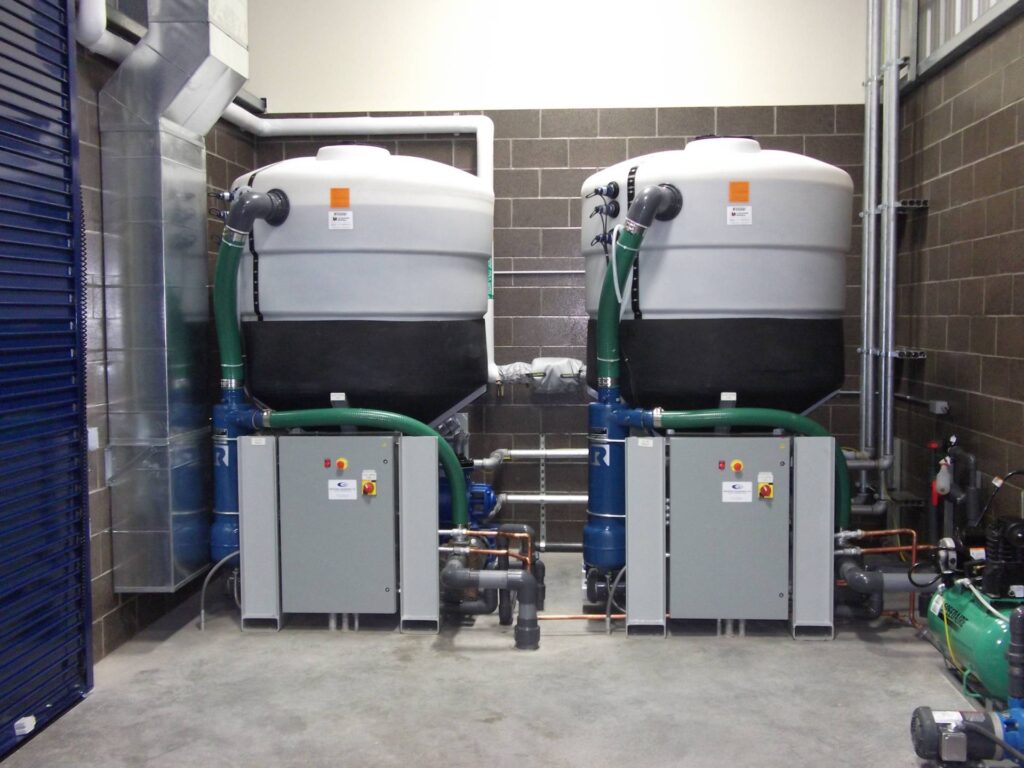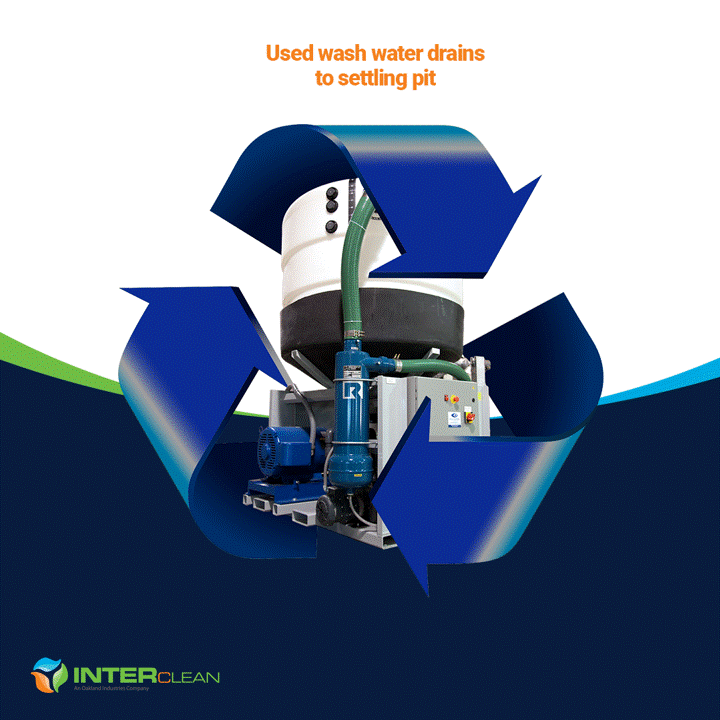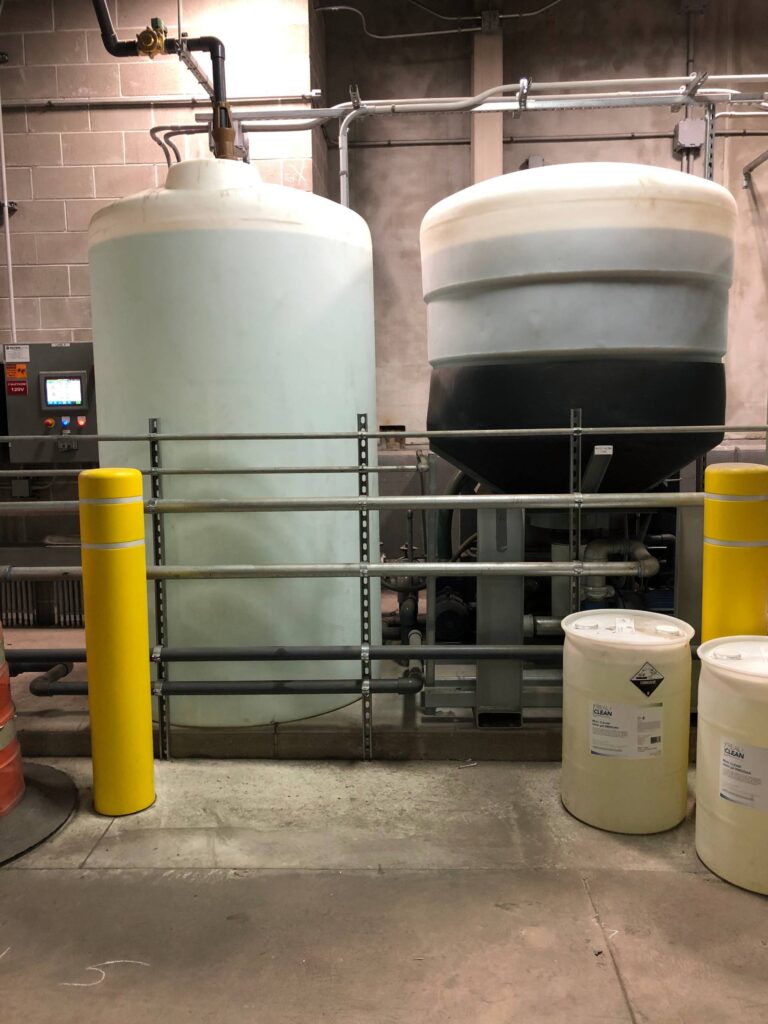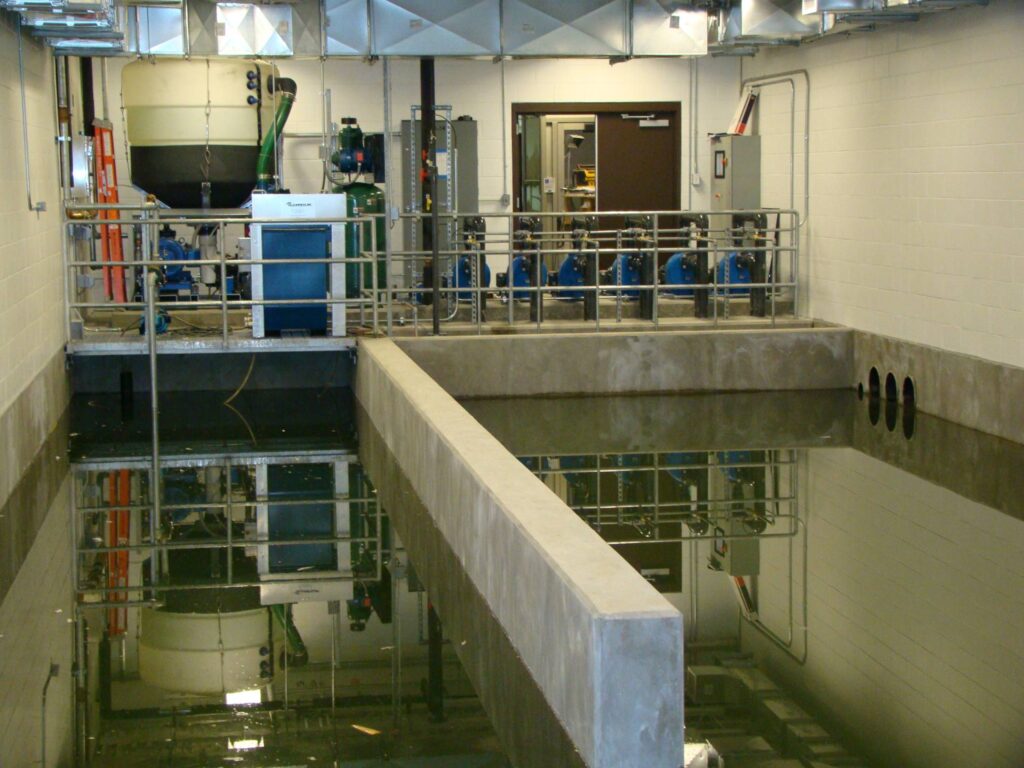Across the globe, new measures for sustainable and responsible clean water consumption appear daily, from new municipal laws and Environmental Protection Agency (EPA) regulations to local water conservation parameters. It’s no secret that we all need to look for ways to reduce freshwater consumption.
Considering potential water conservation methods is particularly important when designing a system where the primary resource is water—like vehicle wash systems.
Vehicle wash systems can use up to a couple hundred gallons of water for each wash cycle. That’s why conserving vehicle wash water is so important, especially in the Western U.S. states such as California, Arizona, and Nevada, or in remote locations where access to clean potable water is already limited.
In this article, we will dive further into the importance of conserving water during the vehicle washing process and what you can do to reduce fresh water consumption in your wash facility.
The Importance of Water Conservation in the Transportation Industry
According to the United States Environmental Protection Agency, at least 40 states should anticipate water shortages by 2024, so reducing freshwater consumption is becoming crucial for all industries across the United States.
Due to water scarcity, fresh water is beginning to cost agencies a pretty penny which can greatly affect overall facility operations. If you bring in a thousand gallons of water a month, you’re discharging a thousand gallons to the wastewater district. So, you’re not only paying for the cost of water, but also the associated sewer and sanitation costs.
Another reason to reduce water consumption is that it will also reduce the amount of industrial wastewater discharged to the sanitary sewer systems, local water supply, and surrounding ecosystems.
At times, wash facilities do not have a proper sewer connection, which means, used water, dirt, grime, and chemical runoff go straight to a retention pond or storm drain and more than likely require costly water treatment systems to prevent environmental harm.
Recently, many cities, states, and the EPA have implemented strict regulations to reduce retention pond contamination. If you are found to be in violation of environmental regulations, you can face heavy fines, which can greatly impact your business.
Wash Water Recycling Statistics
Did you know water consumption for washing heavy-duty vehicles can range from 90-240 Gallons (350-900 L) per vehicle, depending on the application? As a fleet owner washing multiple vehicles daily, your wash facility can consume hundreds of thousands of gallons of water annually.
The EQ100 Water Recycling Module: The Key to Preserving Wash Water

One of the best ways to save water and comply with environmental regulations in your wash facility is with InterClean’s heavy vehicle wash water recycling module. This module is designed for recycling 75-100% of water, depending on the application and type of fleet. On average, our EQ100 module can save the following amounts of water:
Standard bus wash system: 100-240 gallons per wash
Private truck: 200-400 gallons per wash
Mining truck: 300+ gallons per minute
How the Recycling Module Works
After washing a vehicle, the used water flows into the designated sump. Then, the water is pulled at 300 GPM through a pre-filter screen, sent through a cyclonic separator and into a cone-shaped holding tank.
The water enters the cone-shaped tank at the top and this method acts to provide a second cyclone resulting in any silt being flushed from the bottom of the tank. Then, the pumping system draws the cleanest water from the tank’s center and dispenses the water through the wash system sprayers.
With the help of our module’s pre-filter screen, circulation pump, and high-water output, your wash facility can effectively recycle fresh water and reduce water consumption.

Pre-Filter Screen
As mentioned above, our EQ100 module features an InterScreen® pre-filter. It is a stainless steel screen that goes into the pickup pit at the last stage keeping anything debris from entering the recycling module.
When the sump pump is not running, the InterScreen® is purged periodically with a burst of air, blowing away anything that may be in the way of the screen. Due to this effective self-cleaning process and the stainless steel material, the InterScreen® does not require maintenance or replacement.
Circulation Pump
Stagnant water can become a hub for bacteria. To eliminate bacteria growth, we’ve designed our water recycling module with a mounted recirculation aeration pump that runs 24/7. This recirculation allows the water to aerate and oxygenate continuously at 80 GPM to minimize bacteria build-up and ensure the recycled water does not go anaerobic and become an odor nuisance.
High Water Output
When recycling water, feel confident in a system that can effectively recycle water while still producing up to 300 GPM. This high water output allows you to wash your vehicles with pressurized wash water to efficiently and effectively power away dirt and mud.
If you require more than 300 GPM for your heavy-duty vehicles, you can simply add more recycling modules.
How Your Wash Facility Can Conserve Water and Ensure Compliance

“On average, 80% of wash facilities in North America that run an InterClean wash system have a recycling system. Our system is a proven way to support vehicle wash water sustainability, reduce water consumption, and comply with local and EPA regulations.”
– Kirk Ylinen
If you’re ready to innovate your wash processes while reducing freshwater consumption, it’s time to invest in InterClean’s EQ100 module. Contact InterClean today to learn more about how you can make your wash facility more sustainable with water reclamation systems.


